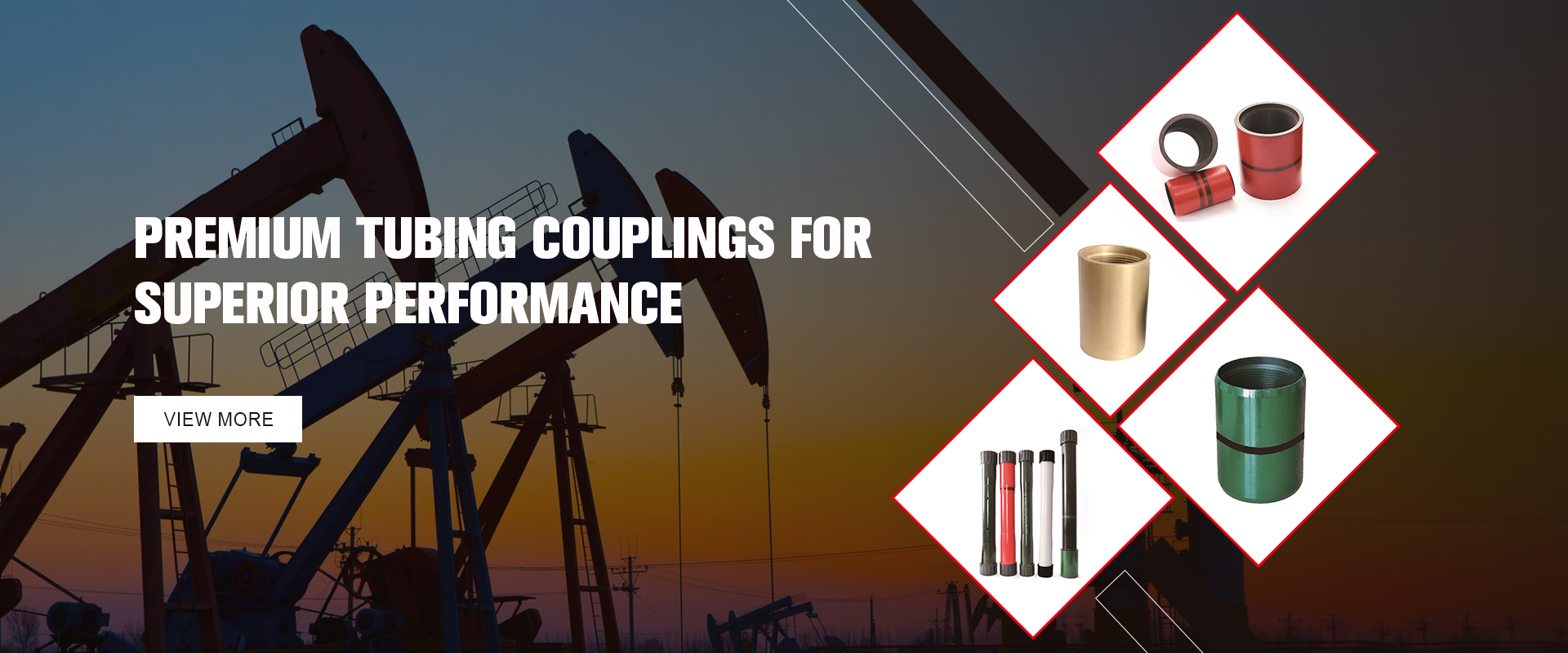- Afrikaans
- Albanian
- Amharic
- Arabic
- Armenian
- Azerbaijani
- Basque
- Belarusian
- Bengali
- Bosnian
- Bulgarian
- Catalan
- Cebuano
- Corsican
- Croatian
- Czech
- Danish
- Dutch
- English
- Esperanto
- Estonian
- Finnish
- French
- Frisian
- Galician
- Georgian
- German
- Greek
- Gujarati
- Haitian Creole
- hausa
- hawaiian
- Hebrew
- Hindi
- Miao
- Hungarian
- Icelandic
- igbo
- Indonesian
- irish
- Italian
- Japanese
- Javanese
- Kannada
- kazakh
- Khmer
- Rwandese
- Korean
- Kurdish
- Kyrgyz
- Lao
- Latin
- Latvian
- Lithuanian
- Luxembourgish
- Macedonian
- Malgashi
- Malay
- Malayalam
- Maltese
- Maori
- Marathi
- Mongolian
- Myanmar
- Nepali
- Norwegian
- Norwegian
- Occitan
- Pashto
- Persian
- Polish
- Portuguese
- Punjabi
- Romanian
- Russian
- Samoan
- Scottish Gaelic
- Serbian
- Sesotho
- Shona
- Sindhi
- Sinhala
- Slovak
- Slovenian
- Somali
- Spanish
- Sundanese
- Swahili
- Swedish
- Tagalog
- Tajik
- Tamil
- Tatar
- Telugu
- Thai
- Turkish
- Turkmen
- Ukrainian
- Urdu
- Uighur
- Uzbek
- Vietnamese
- Welsh
- Bantu
- Yiddish
- Yoruba
- Zulu
Understanding Vacuum Hose Couplings and Their Importance in Automotive Applications
The Importance of Vacuum Hose Couplings in Automotive Systems
Vacuum hose couplings play a crucial role in the functionality and efficiency of various automotive systems. As vehicles have evolved, so too have the technologies and components that ensure optimal performance. One such component, often overlooked, is the vacuum hose coupling, which facilitates the distribution of vacuum pressure throughout an engine's system.
At its core, a vacuum hose coupling is a connector that links different lengths of vacuum hoses in vehicles. These couplings allow for the transfer of vacuum pressure generated by the engine, which is essential for numerous functions within the car. For example, the brake booster relies on this vacuum pressure to enhance braking performance, making it easier for the driver to stop the vehicle safely. Additionally, many air control systems, including those governing climate control and emission management, rely on precise vacuum signals to operate effectively.
One of the primary advantages of using vacuum hose couplings is their ability to maintain a secure connection between hoses. As engine temperatures fluctuate, materials may expand or contract, leading to potential leaks. High-quality couplings are designed to withstand this thermal stress, ensuring that the integrity of the vacuum system remains intact. This reliability is crucial, especially when driving in extreme conditions or during intense mechanical stress.
vacuum hose coupling

Moreover, the material used in vacuum hose couplings significantly impacts their performance. Common materials include rubber, plastic, and various composites, each with its strengths and weaknesses. Rubber couplings are flexible and can handle a broad range of temperatures, but they may degrade faster over time due to exposure to heat and oil. On the other hand, plastic couplings provide durability and resistance to chemicals but might lack the flexibility required in certain applications.
Installation and maintenance of vacuum hose couplings require attention to detail. Proper alignment during installation prevents leaks that can lead to decreased engine performance. Regularly inspecting these couplings for signs of wear, such as cracks or softening, can help consumers avoid more significant issues down the line. Signs of vacuum leaks, such as rough idle or decreased fuel efficiency, often point to the need for replacement or repair of these crucial components.
In conclusion, vacuum hose couplings are indispensable components that underpin the reliable functioning of various automotive systems. Their role in facilitating vacuum pressure distribution cannot be overstated; they directly influence performance, safety, and efficiency. As technology in the automotive industry continues to advance, the materials and designs of these couplings will likely improve, further enhancing their effectiveness and longevity. For vehicle owners, understanding the importance of maintaining and replacing these couplings is vital for the overall health of their automobiles.
-
Tubing Pup Joints: Essential Components for Oil and Gas OperationsNewsJul.10,2025
-
Pup Joints: Essential Components for Reliable Drilling OperationsNewsJul.10,2025
-
Pipe Couplings: Connecting Your World EfficientlyNewsJul.10,2025
-
Mastering Oilfield Operations with Quality Tubing and CasingNewsJul.10,2025
-
High-Quality Casing Couplings for Every NeedNewsJul.10,2025
-
Boost Your Drilling Efficiency with Premium Crossover Tools & Seating NipplesNewsJul.10,2025







